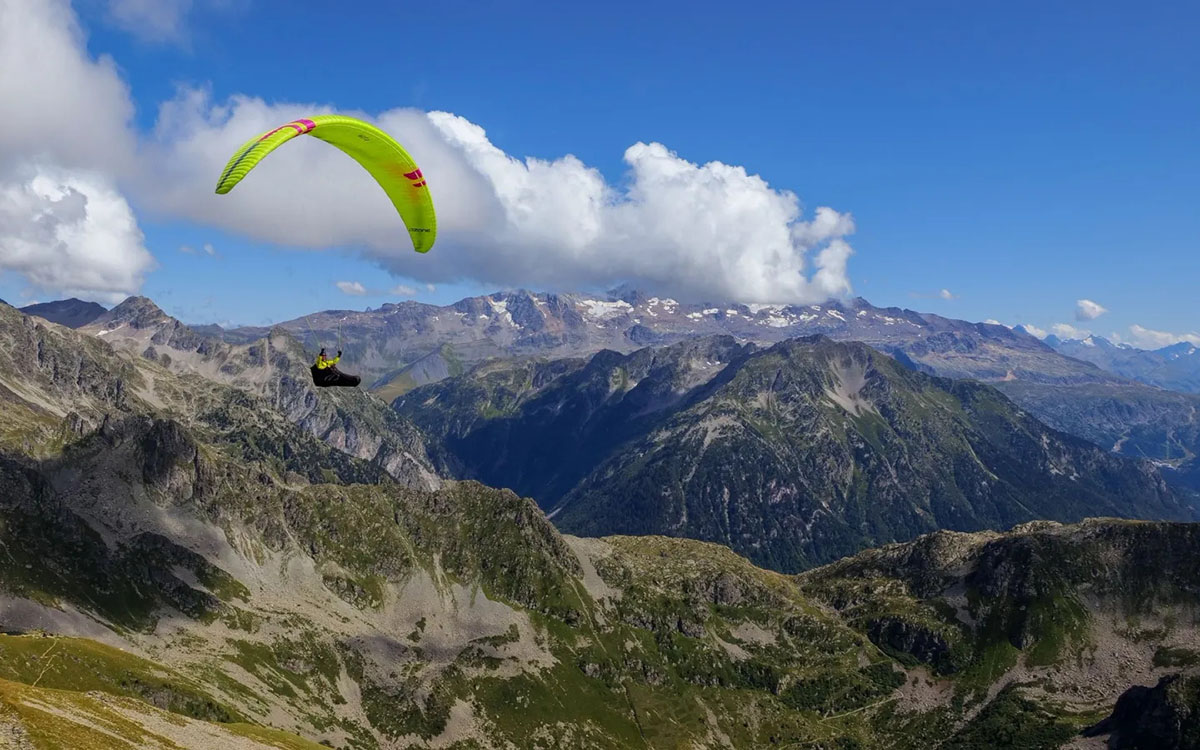
Paragliding is an exhilarating adventure sport that allows enthusiasts to soar through the skies and experience the thrill of flying. While paragliding offers unparalleled excitement, safety should always be a top priority for participants. In this blog post, we’ll explore essential safety measures to ensure a secure and enjoyable paragliding experience.
- Training and Certification: Before taking to the skies, it’s essential to undergo comprehensive training and obtain certification from accredited paragliding schools or instructors. Proper training covers essential topics such as equipment operation, flight techniques, emergency procedures, and safety protocols. By learning from experienced instructors and gaining practical experience, paragliders can develop the skills and knowledge necessary to navigate safely through the air.
- Weather Conditions Assessment: Weather plays a significant role in paragliding safety, and it’s crucial to assess conditions carefully before each flight. Paragliders should pay attention to factors such as wind speed, direction, thermals, cloud formations, and weather forecasts. Flying in adverse weather conditions can pose significant risks, including turbulence, wind shear, and sudden weather changes. By staying informed and exercising caution, pilots can make informed decisions and avoid flying in unsafe conditions.
- Pre-flight Equipment Inspection: Performing a thorough inspection of paragliding equipment before each flight is vital for ensuring safety. Pilots should check their wing, harness, reserve parachute, helmet, and other gear for any signs of damage, wear, or malfunction. It’s essential to inspect lines, fabric, stitching, carabiners, and buckles for integrity and functionality. Any equipment that appears damaged or compromised should be repaired or replaced before flying to prevent potential accidents or injuries.
- Site Selection and Launch Preparation: Choosing a suitable launch site is crucial for a safe paragliding experience. Pilots should select sites with ample space, clear takeoff and landing zones, and favourable wind conditions. Before launching, it’s essential to conduct a thorough site assessment, including wind direction, obstacles, and terrain features. Pilots should also perform pre-flight checks, such as inflating the wing, checking lines, and verifying harness connections, to ensure everything is in proper working order.
- Emergency Preparedness: Despite careful planning and preparation, emergencies can still occur during paragliding flights. Pilots should be equipped with the necessary knowledge and skills to handle emergency situations effectively. This includes procedures for dealing with collapses, twists, stalls, and other in-flight incidents. Additionally, pilots should carry a reserve parachute and know how to deploy it safely in case of a canopy malfunction or emergency landing.
- Continuous Learning and Improvement: Paragliding is a dynamic sport that requires ongoing learning and skill development. Pilots should regularly participate in refresher courses, workshops, and training sessions to stay updated on the latest techniques, equipment, and safety practices. Engaging with experienced pilots, joining paragliding communities, and seeking mentorship can also provide valuable insights and support for improving safety and proficiency in the sport.
Safety is paramount in paragliding, and implementing proper safety measures is essential for a secure and enjoyable flying experience. By prioritising training, weather assessment, equipment inspection, site selection, emergency preparedness, and continuous learning, paragliders can mitigate risks and maximise safety during their flights. With the right knowledge, skills, and preparation, paragliding enthusiasts can experience the freedom of flight while ensuring their well-being and security in the skies.

Comments are closed.